ARTICLE AD BOX

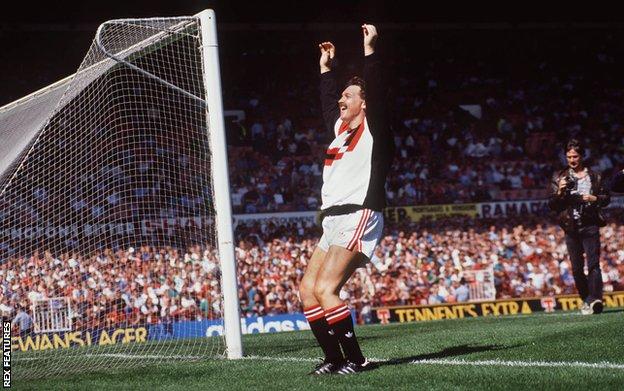 As Knighton celebrated, the plotting against him had just begun
As Knighton celebrated, the plotting against him had just begunOn 19 August 1989, a 37-year-old man walked on to the Old Trafford pitch before the first game of the new league campaign.
Arsenal were the opposition and the stands were packed; the official attendance was 47,245 - about 10,000 higher than the previous season's average.
In full Manchester United training kit, Michael Knighton juggled the ball skilfully before firing it into an empty goal. He stood in front of the Stretford End, arms out, taking in the adulation. A few weeks before, he would have been a complete unknown.
But the previous day, Knighton had announced a £10m takeover deal that "rocked football" - in United's words. He was the flamboyant prospective new owner making an early mark on the club that seemed soon to be his.
Not everybody was behind him.
While supporters lapped it up, in the corridors of power the scheming and plotting was already under way. Knighton's takeover would very soon come tumbling down - and his decision to go out on to the pitch seemed to be the catalyst for its demise.
What happened next at Old Trafford is a well known story - success on and off the pitch during a boom era for football business has seen the club's value rise to about £3bn today.
But what happened to Knighton?
Scarred by the experience of exiting his dream deal, in the end he became something of a recluse, concentrating on the other passion of his life - art. The memories are still vivid, though.
Here, the man who walked away from buying Manchester United gives his account of how it all fell through.

Knighton built his fortune in property. In the late 1980s, he looked at Manchester United and saw an opportunity. He believed he could turn the club into a £150m operation. And he was right in thinking chairman Martin Edwards would be open to his offer.
"The raison d'etre was very simple," Knighton says now. "There was a lot of resentment against the board. Edwards was incredibly unpopular and desperate to exit. The business was losing money and home gates had fallen to as low as 18-20,000."
He saw an untapped business potential in United's sizable fanbase - and he also knew that their support was crucial in getting the club to grow. Hence the decision to go out on to the pitch.
"I wanted to show the fans I was a football man first and a businessman second," Knighton says.
"I wanted to bridge the gap between the boardroom and the terraces. Yes, it was novel. It was unorthodox. I knew it would attract interest and criticism. But I didn't care. I needed the fans on my side more than I needed Bobby Charlton or Alex Ferguson, whose job was on the line at that time.
"I knew there was a massive captive market. If you are going to exploit that market, not in a pejorative sense, to sell them everything in order to generate the profits to buy any player in the world, you need them on your side. Look at what is happening now with the current owners and how the sponsors are being lobbied and some fans are not buying memorabilia and shirts.
"Of course I loved it. Who wouldn't? Despite how it all turned out, I don't regret going on that pitch and if I had £5bn to buy Manchester United today, I would do exactly the same again. I was fulfilling every schoolboy dream in the world.
"If you look at the pictures of that day and the smiles on the faces of the fans in the stadium, it worked."
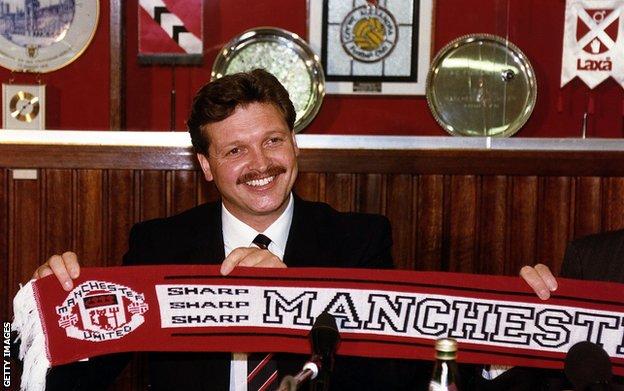 Knighton believed he could help grow United's commercial revenue
Knighton believed he could help grow United's commercial revenueThat is Knighton's view. The other side have a different one.
"Ridiculous," is the assessment of one senior Old Trafford figure from that time as he recalls Knighton's pre-match entertainment. According to this assessment, that was the moment when Edwards realised he had made a mistake.
But before the next home match, against Norwich, Edwards wrote something in the programme to explain his decision to sell. Read with the benefit of 32 years of hindsight, there are some fascinating bits of detail.
Edwards pointed out he was not looking to sell the club but that what had persuaded him it was the right move was Knighton's offer of capital investment for vital ground improvements.
"It is not a secret that we have wished to develop the Stretford End for a number of years now," reflected Edwards. "The budget of £7.5m made me realise the commencement of the work is light years away.
"What Mr Knighton's offer has brought us is the opportunity to develop the stadium as well as the playing staff and this offer was impossible to refuse."
Those words were read by fans on 30 August. By that time, the takeover deal was watertight. But Edwards and his associates were looking for a way out.
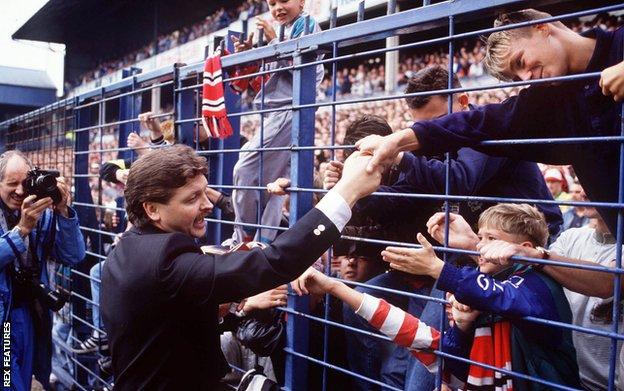 Knighton pictured with fans at Manchester United's match at Derby on 26 August 1989
Knighton pictured with fans at Manchester United's match at Derby on 26 August 1989They tried to exploit Knighton's weak points, to wear him down and make him feel the deal was not worth the hassle. Going on the pitch wasn't the 'United way', it was said behind the scenes. Neither was appearing on talk shows, which Knighton also did.
Their efforts ensured that negativity about the deal circulated quickly, and word began to spread that Knighton didn't actually have the money he said he did.
No matter the personal view of anyone reading this, one thing is certain - and this is important to Knighton. He did have the money to push through the transaction. Nonetheless, his backers were made to feel wary.
A copy of what was known as his 'blueprint' to turn United into a £150m operation was left at the house of newspaper proprietor Eddy Shah, who knew the United hierarchy and immediately got in touch.
Senior figures at the club went to Shah's house in Macclesfield as a matter of urgency to get hold of the documents. Sir Bobby Charlton arrived and apparently had the impressive effect of immediately calming Shah's aggressive dogs with his presence.
The documents were supposed to be confidential. More pressure was applied to Knighton to withdraw his bid. He was offered a place on the board if he agreed to walk away from the takeover. Eventually, he agreed.
 Knighton would leave his role as a United director in 1992
Knighton would leave his role as a United director in 1992A couple of years ago, on the 30th anniversary of his aborted buyout, a biographical account of his plan was published, entitled 'Visionary'. Knighton says he doesn't like the book's title. But he does believe that his template laid the foundations for what United eventually became.
"I did an interview with the Financial Times, which was published on 12 September 1989," Knighton says.
"Everything in the blueprint, I said to that journalist. He was incredibly tolerant of me because he must have thought I was a raving lunatic. I said I was going to turn the club into a £150m leisure vehicle that would make profits so large we could buy any player in the world. He told me we were turning over £7m and the club hadn't made money for 20 years and had just announced £1.3m losses. I told him it would happen.
"At that time, hardly anyone thought satellite TV would replace terrestrial. I said it would transform football.
"It is extraordinary how Martin Edwards has claimed credit for what happened in the following decade after my involvement. Unbelievable. I kept my mouth shut and my head down because my reputation had been hammered and it is virtually impossible to change a public image.
"But Martin and the other people on the board decided to hide behind the fiasco Michael Knighton caused and claim the credit themselves. If they could really see what was going to happen, why did they agree to sell the club for £10m?"
Speaking to someone who was involved at that time, there is a grudging acceptance that a lot of Knighton's blueprint was used to drive revenues, long before the Glazer family got involved and took the club to another level entirely from a commercial perspective.
But in that case why, if he was so certain his plan would work, and he had the money to proceed, did Knighton back away?
"I didn't need to own the club to do what I envisaged," he says. "I needed to make a contribution.
"When Martin invited me on to the board, yes, I snapped his hand off. Financially, I knew what I was giving up. No question about it. Was I right financially to abort the deal? Clearly not. If I was looking to enrich myself and become a billionaire instead of a guy who made a bob or two, I should have completed.
"Perhaps that was the biggest commercial mistake of my life. But I was never there to enrich myself. That was never my motivation. I don't regret it."
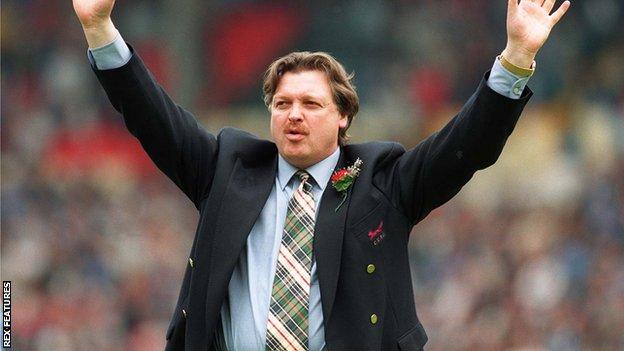 Knighton, pictured in 1995 addressing Carlisle fans
Knighton, pictured in 1995 addressing Carlisle fansBBC Sport has been told Knighton was a "quiet" presence in the Old Trafford boardroom. His wings, from a club sense, had been well and truly clipped.
He remained at Old Trafford until 1992, when he bought Carlisle United, enjoying some initial success before hard times hit, disenchantment grew and he sold up in 2002. He never returned to the game.
Now 69, Knighton concentrates on the other great passion of his life, art. His most famous piece is a 15-foot-high marble sculpture of Jesus Christ that was exhibited at King's College, Cambridge in 2008.
"I am a great believer in the value of things from an aesthetic point of view," he says.
"I will make a prediction. Michael Knighton will go down as an artist, not a football man."
Knighton is engaging to talk to, impossible to dislike. Even through the distance of a telephone call, there is a buzz of energy about him. His greatest goal now, he says, is to "create an art and design school for those students who can't afford the university fees".
Perhaps some may not judge his time in football kindly. Some might consider he lacked the bravery to push through what might have been one of the most lucrative deals in the game's history.
But on that day in August 1989, he did go on to the Old Trafford pitch, and he was welcomed by the Stretford End. The pictures prove it.
"I gave Martin my blueprint after we aborted the deal," says Knighton. "I said 'there is the cheque for £150m'. I am not deluded. I know the truth of the matter. I am a flawed individual but I know what happened.
"I probably kept my mouth shut for far too long. I am not the kind of person to shout from the rooftops about how wronged I had been.
"But it is all history now."

- Our coverage of Manchester United is bigger and better than ever before - here's everything you need to know to make sure you never miss a moment
- Everything United - go straight to all the best content


 3 years ago
153
3 years ago
153
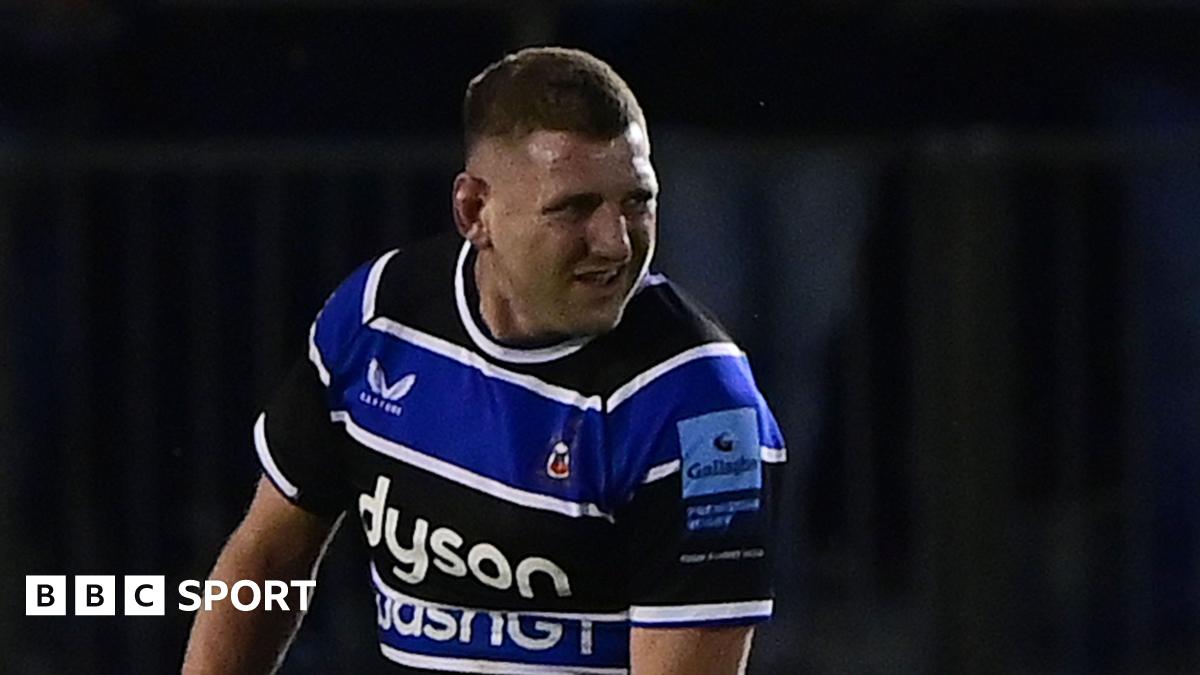
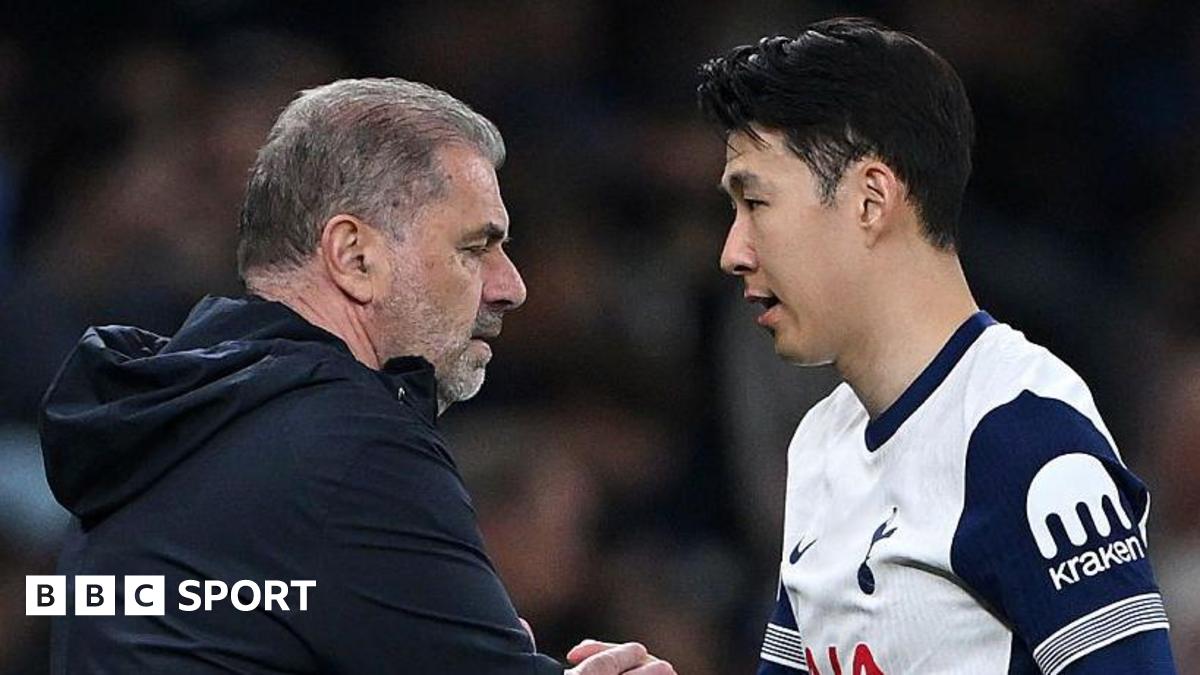
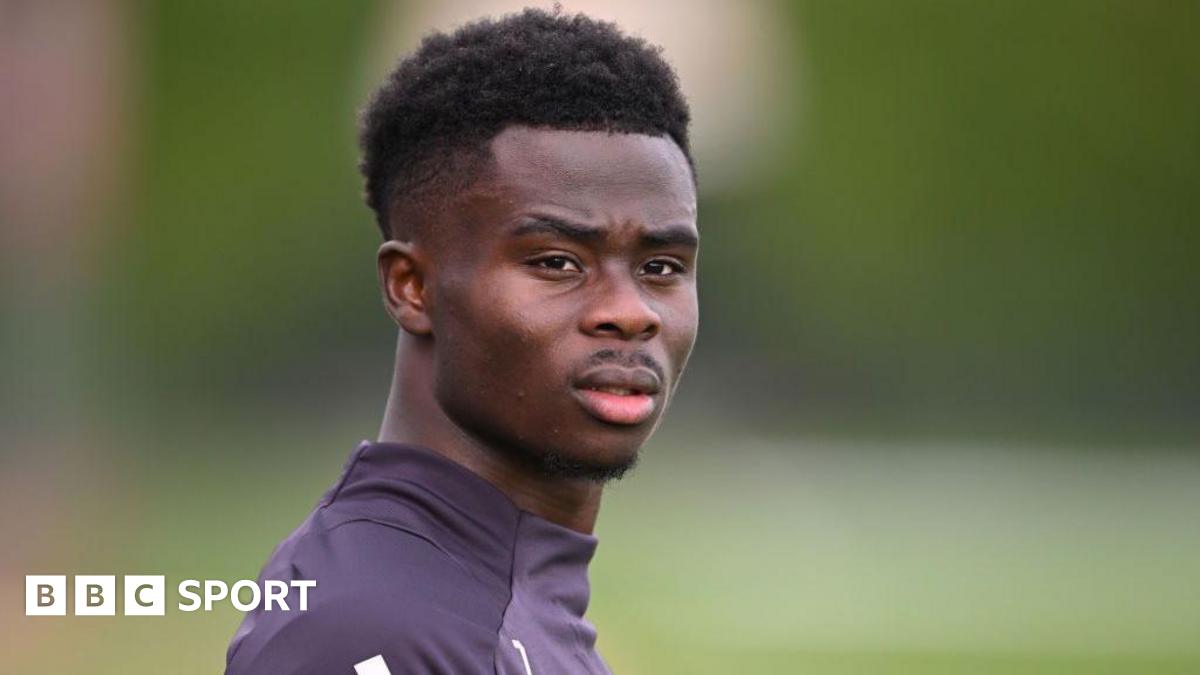





 English (US) ·
English (US) ·